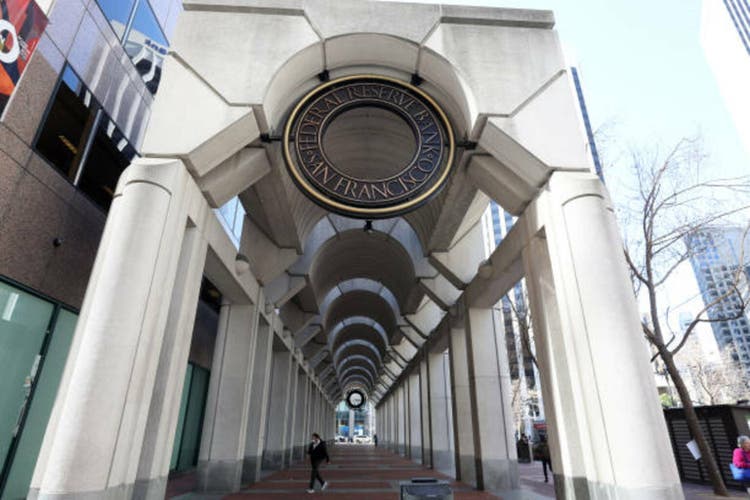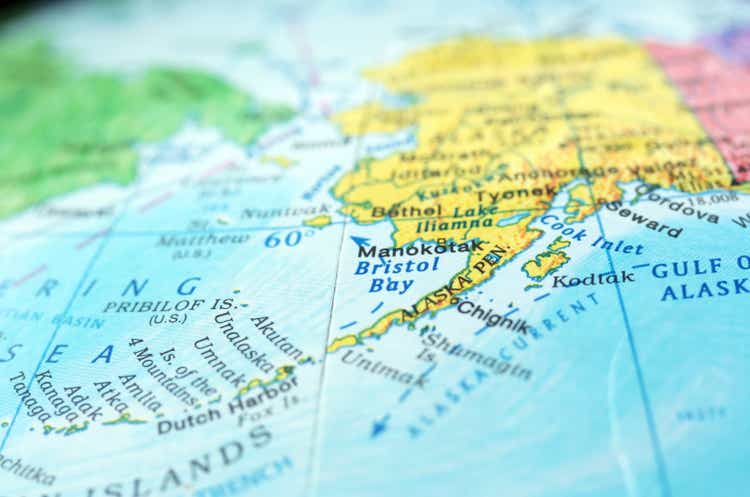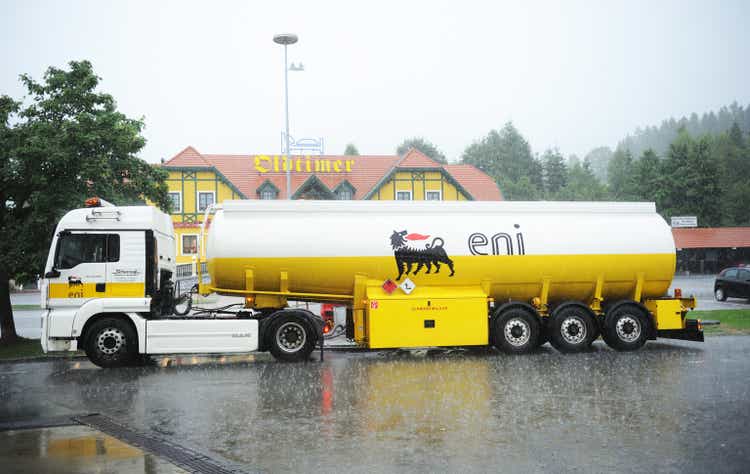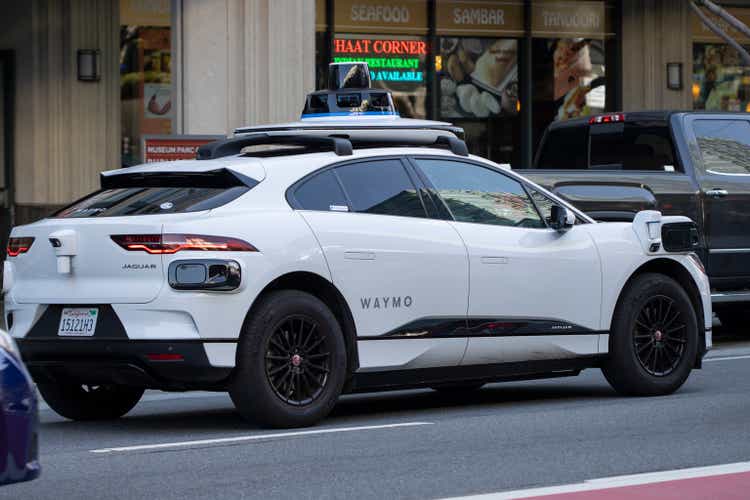Since returning to the White House in January, US President Donald Trump has revived his protectionist trade agenda with a sweeping series of tariffs aimed at correcting what he calls an “unfair” US trade deficit. Tariffs—described by Trump as “the most beautiful word in the dictionary”—have once again become a central tool in his foreign policy arsenal.
On his first day in office, Trump signed an executive order directing his cabinet to prepare sweeping new tariffs. On April 2 labelled “Liberation Day” by the White House, he announced two key measures: a 10 per cent baseline tariff on all trading partners, and additional country-specific tariffs for nations running trade surpluses with the US.
Tariffs paused, but the clock is ticking
One week later, on April 9, Trump paused the second category of tariffs for 90 days, promising to negotiate 90 trade deals with 90 countries in that time. However, tariffs related to fentanyl trafficking remained in force: a 25 per cent tariff on Canada and Mexico, and 30 per cent on China.
All three categories of tariffs have since been challenged in court, on the grounds that they were imposed using emergency powers under the International Emergency Economic Powers Act (IEEPA), typically reserved for sanctions during national emergencies. A ruling on this challenge has been stayed.
As the original 90-day window neared its end, Trump then extended the pause on reciprocal tariffs from July 9 to August 1. Administration officials admitted that the “90 deals in 90 days” target was unfeasible.
Also Read:Despite Trump’s tariffs, China’s economy expands 5.2% in April-June quarter
Fresh threats and a new round of tariffs
On July 7, a fresh round of sweeping tariffs rolled out, hitting 14 countries — many of them US allies, set to take effect from August 1. The new rates include:
- Up to 40 per cent tariffs on Japan and South Korea
- 30 per cent on Libya, Sri Lanka, Iraq, Algeria, Mexico, and the European Union
- 35 per cent on Canada
- 25 per cent on Brunei and Moldova
- 20 per cent on the Philippines
Just one week later, on July 14, Trump warned of imposing “very severe” 100 per cent secondary tariffs on Russia if no ceasefire agreement is reached in Ukraine within 50 days. The threat came during his meeting with NATO Secretary-General Mark Rutte at the White House.
Trump has imposed sweeping duties of 10 per cent on all imports, plus 30 per cent on goods from China. He has also threatened to slap 50 per cent duties on Brazil, which would push up the cost of orange juice and coffee. The Trump administration has also placed a 17 per cent duty on Mexican tomatoes.
In a post on Truth Social, Trump also slapped an additional 10 per cent tariff on countries “aligned with the anti-American policies of BRICS,” naming Brazil, Russia, India, China, and South Africa. Brazil was further singled out for a 50 per cent tariff, which Trump said was in response to a “witch hunt” against his close ally, former President Jair Bolsonaro.
Meanwhile, Trump also doubled US tariffs on steel and aluminum imports—from 25 per cent to 50 per cent—effective immediately, under Section 232 of the Trade Expansion Act of 1962, targeting specific sectors.
India seeks shield via trade deal
Amid the global tariff escalation, India has remained somewhat insulated. It has not received one of the administration’s aggressive “tariff letters” outlining penalties. Instead, New Delhi is pushing for an interim bilateral agreement to avoid steep new tariffs from August 1.
A senior Indian trade delegation arrived in Washington on Monday, July 14, for a fresh round of negotiations. Sources told Zee Business, talks are in their final stage, with both sides reportedly softening their positions.
India faces the prospect of a total 26 per cent import duty on its goods entering the US — 10 per cent under the baseline tariff and a potential additional 16 per cent if no agreement is reached. Officials are hoping to close a mini trade deal that will limit the scope of the additional duties.
Commerce Minister Piyush Goyal confirmed that negotiations are proceeding at a fast pace. “Negotiations are going on at a very fast pace and in the spirit of mutual cooperation so that we can come out with a win-win trade complementing agreement with the United States," he had said.
Also Read:Very close to a deal with India...we're in negotiation: Donald Trump
Trump: Deal with India 'very close'
Recently, during an interview, Trump said a trade deal with India is “very close,” while talks with the European Union are also underway. “We’re very close to India, and... we could possibly make a deal with (the) EU,” Trump said. “The European Union has been brutal, and now they’re being very nice.”
(With inputs from AP)

 5 hours ago
1
5 hours ago
1

















 English (US) ·
English (US) ·